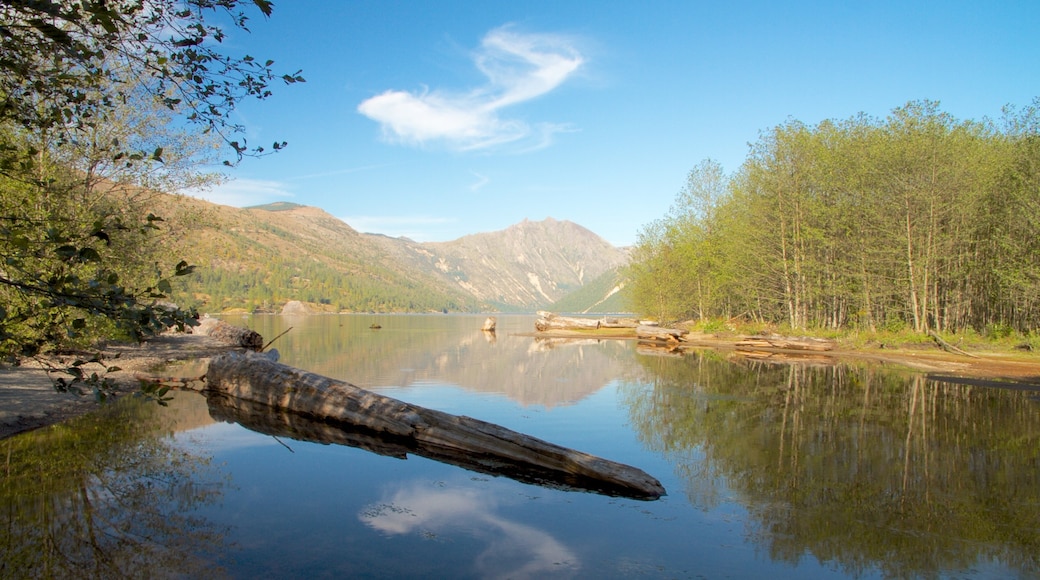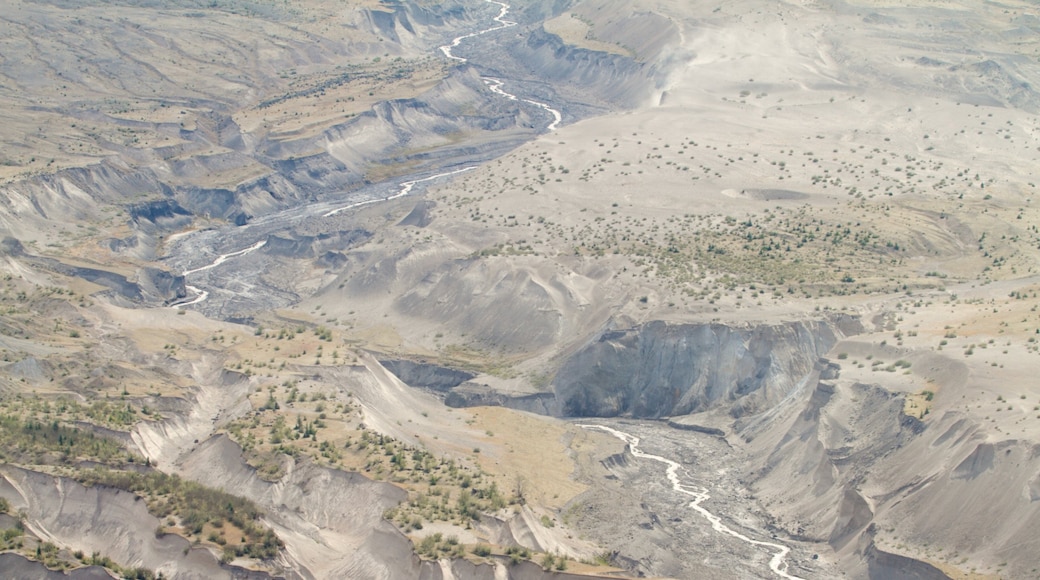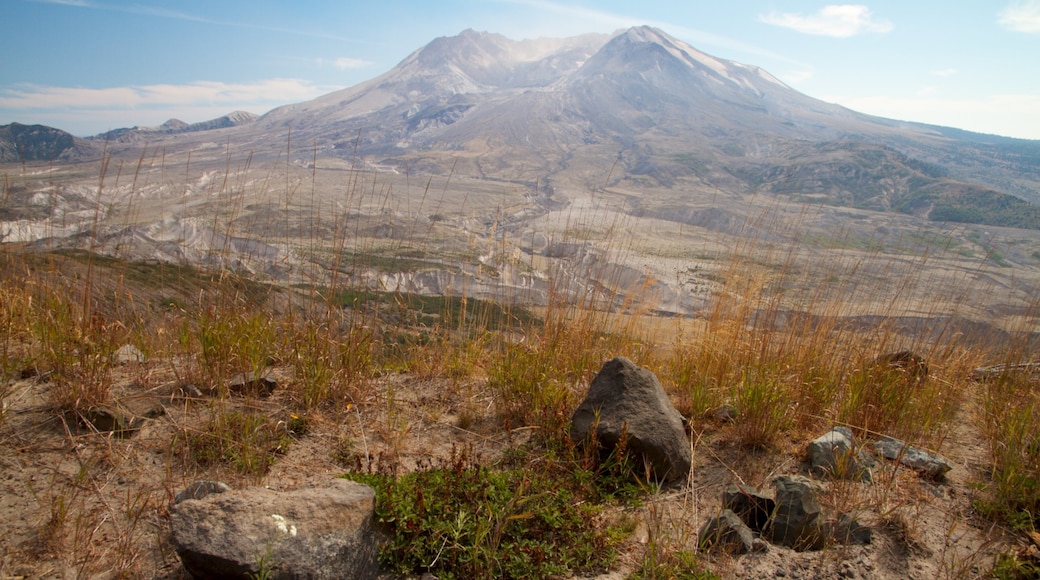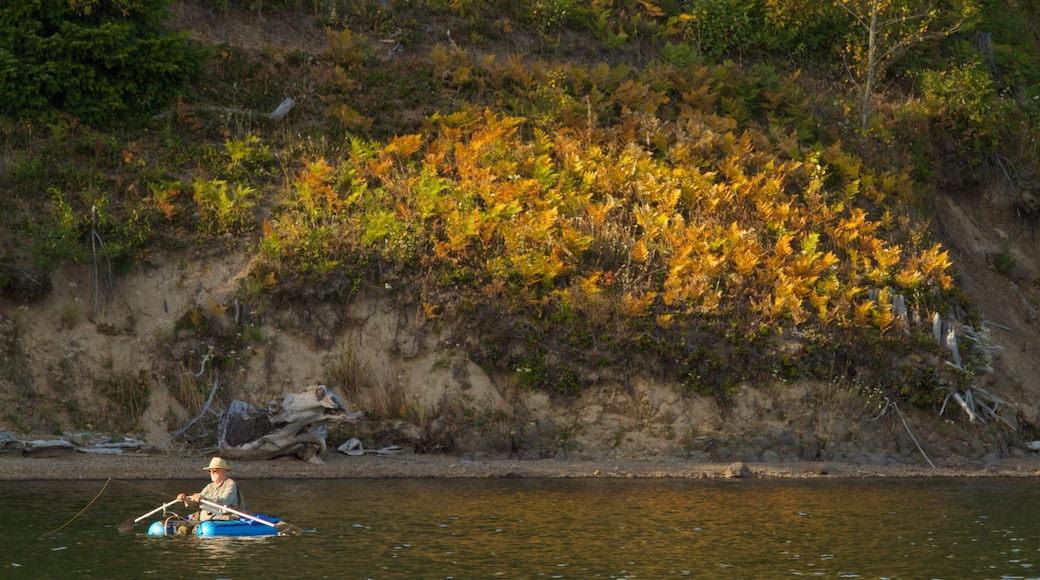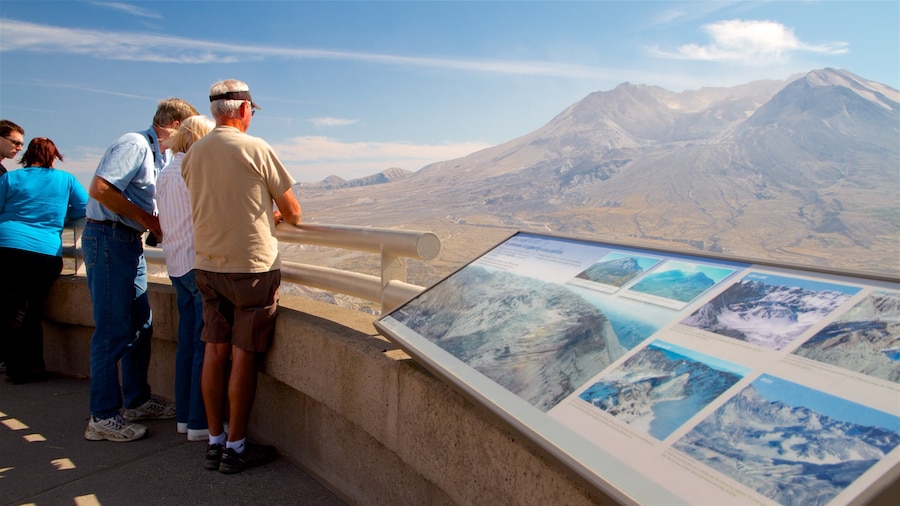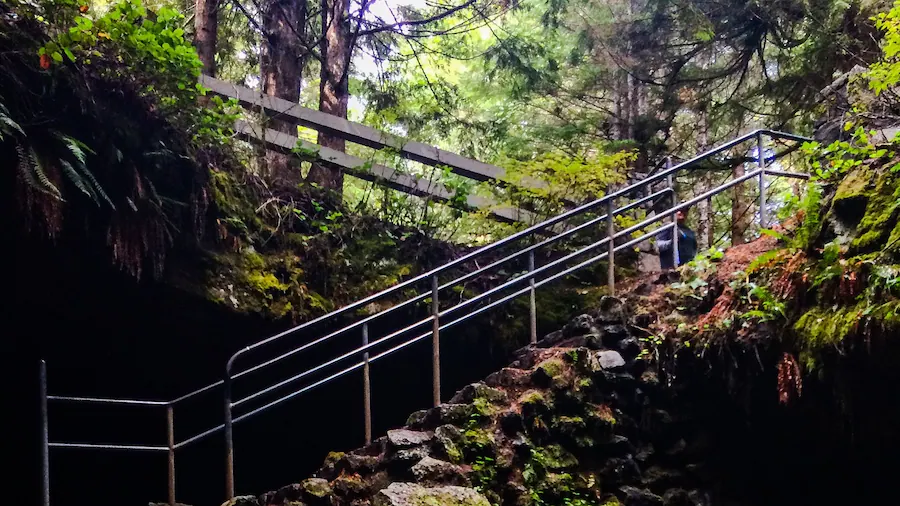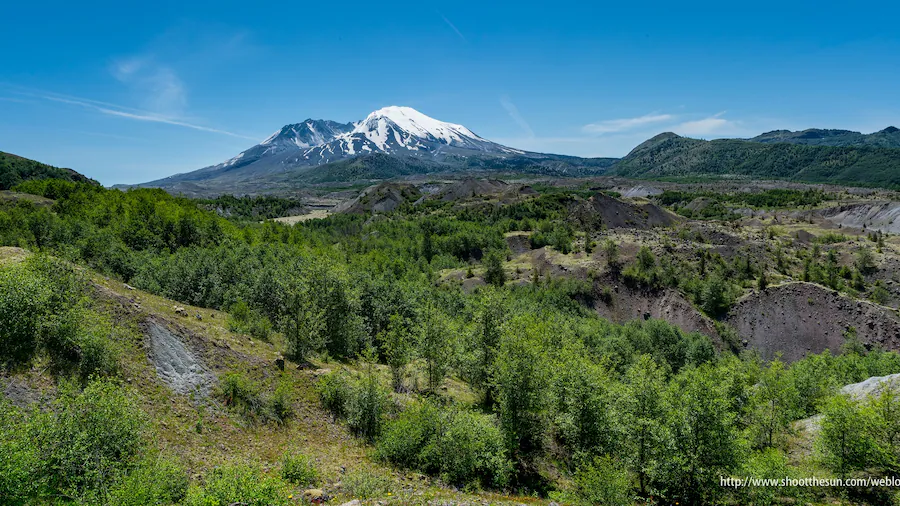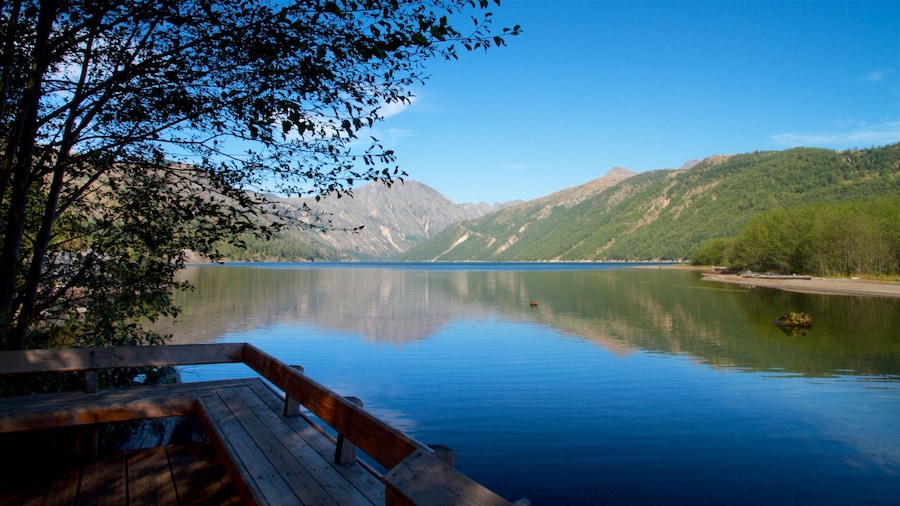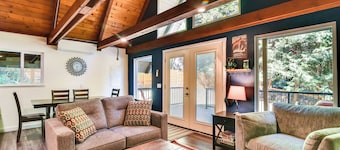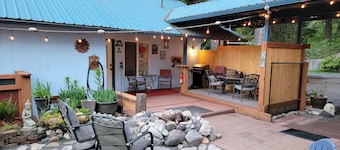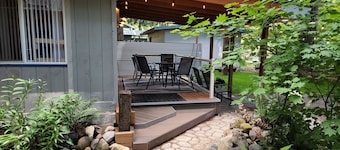Even 30 years on, the raw power of a volcanic eruption can be seen all around this incredible mountain.
On May 18 1980, Mount St. Helens was the United States’ 5th highest mountain and, as the volcano hadn’t had any significant activity since the 1850s, it was a popular place for hiking and camping. That all changed when a massive eruption blew 400 metres off the top of the mountain and laid waste to much of the surrounding area – the pyroclastic flows even reached as far as the Columbia River, some 80 kilometres away.The most devastating eruption in the country’s history is remembered in two visitor centres at Mount St. Helens, which has been preserved as Mount St. Helens National Volcanic Monument in commemoration of the blast. The Silver Lake Visitor Center is where to go to get the full story of the eruption, with a 16-minute video which details the events of the eruption. The Forest Learning Center down the road teaches visitors about the regeneration projects in the area since 1980 undertaken to repair the damage to the eco-systems that were destroyed. You might also catch sight of elk in their natural environment.Both centres look out onto the volcano but for views you’ll never forget, head to Johnston Ridge Observatory in the centre of the blast zone, where you can peer right into the crater or see it from above on a helicopter ride.Hiking is a popular activity around Mount St. Helens and it's not hard to see why with plenty of tracks around Coldwater Lake – which was formed by the eruption – that cater to all levels of fitness and ability and which take you through the regenerating forests and eerie moonscapes at the base of the volcano. For hardier souls, there are also 100 walkers a day allowed onto the volcano itself – you’ll need to sort out a permit in advance however.This 2,550-metre mountain is only a 1.5-hour drive from Portland so you could visit it on a daytrip, or if you’d prefer to explore some more, there’s a campsite in the Seaquest State Park on the banks of Silver Lake which is open all year.

